Installed 1043 Name Michael Cerularius Predecessor Alexius I Studites | Birth name Michael Keroularios Term ended January 21, 1059 Nationality Byzantine | |
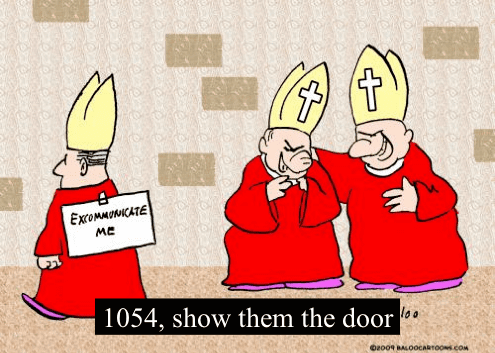 | ||
Successor Constantine III Lichoudas Died January 21, 1059, Constantinople | ||
Michael i cerularius
Michael I Cerularius or Cærularius, also Hellenized as Keroularios (Greek: Μιχαήλ Α΄ Κηρουλάριος; c. 1000 – 21 January 1059 AD) was the Ecumenical Patriarch of Constantinople from 1043 to 1059 AD, most notable for his mutual excommunication with Pope Leo IX that led to the Great Schism.
Contents
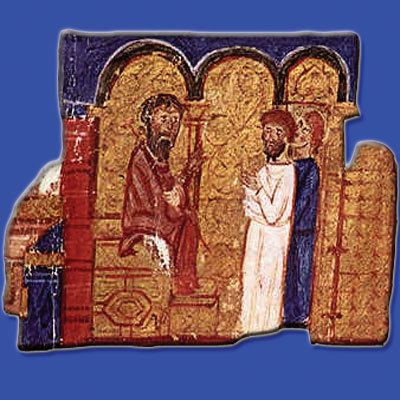
Biography
Michael Cerularius was born in Constantinople around 1000 AD, being ordained into the Church from a young age. He is noted for disputing with Pope Leo IX over church practices in respect of which the Roman Church differed from Constantinople, especially the use of unleavened bread in the Eucharist. Notable disagreements were also exchanged over other theological and cultural issues, ranging from the issue of papal supremacy in the Church to the filioque clause and other disagreements between the Patriarchates.
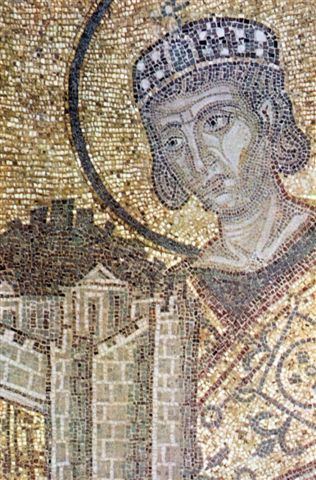
Pope Leo IX sent a letter to the Patriarch in 1054, that cited a large portion of the Donation of Constantine believing it genuine.
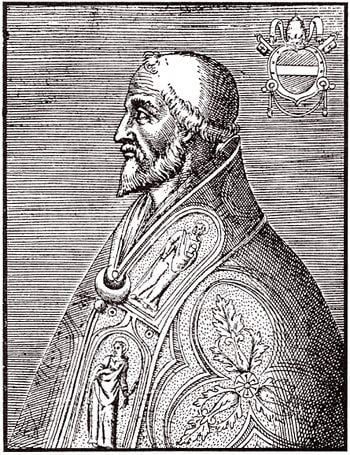
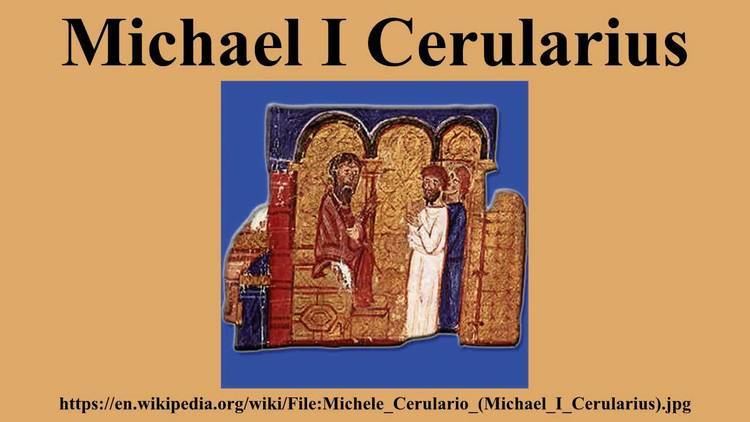
Some scholars say that this letter of September 1053, the text of which is available in Migne, Patrologia Latina, vol. 143, coll. 744-769, was never actually despatched, but was set aside, and that the papal reply actually sent was the softer but still harsh letter Scripta tuae of January 1054.

Leo IX assured the Patriarch that the donation was completely genuine, not a fable or old wives' tale, arguing that only the apostolic successor to Peter possessed primacy in the Church.
This letter of Pope Leo IX was addressed both to Michael Cerularius, Patriarch of Constantinople, and Leo of Ohrid, Archbishop of Bulgaria, and was in response to a letter sent by Leo, Metropolitan of Achrida to John, Bishop of Trani (in Apulia), that categorically attacked the customs of the Latin Church that differed from those of the Greeks. Especially criticized were the Roman traditions of fasting on the Saturday Sabbath and consecration of unleavened bread. Leo IX in his letter accused Constantinople of historically being the source of heresy and claimed in emphatic terms the primacy of the Bishop of Rome over even the Patriarch of Constantinople, who would have none of it.
It can be argued that in 1054, the Patriarch's letter to Pope Leo IX initiated the events which followed, because it claimed the title "ecumenical patriarch" and addressed Pope Leo as "brother" rather than "father." Pope Leo IX sent Cardinal Humbert of Silva Candida on a legatine mission to treat with the Patriarch. Cerularius refused to meet with Cardinal Humbert and kept him waiting with no audience for months.
Thus, Cardinal Humbert of Silva Candida delivered a notice of excommunication against Patriarch Michael on July 16, 1054, despite the death of Pope Leo three months prior and thus the invalidity of the excommunication. Michael in turn excommunicated the cardinal and the Pope and subsequently removed the pope's name from the diptychs, starting the East-West Schism.
This schism led to the end of the alliance between the Emperor and the Papacy, and caused later Popes to ally with the Normans against the Empire. Patriarch Michael closed the Latin churches in his area, which exacerbated the schism. In 1965, those excommunications were rescinded by Pope Paul VI and Patriarch Athenagoras, when they met in the Second Vatican Council. Although the excommunication delivered by Cardinal Humbert was invalid, this gesture represented a significant step towards restoring communion between Rome and Constantinople.
The short reign of the Empress Theodora saw Michael intrigue against the throne. Michael Psellus notes that while their initial relations had been cordial, once Theodora took the Imperial throne, they entered into open conflict, as Michael "was vexed because the Roman Empire was being governed by a woman", and on this topic "he spoke his mind freely.". The historian suggests that Theodora would have deposed Michael for his open effrontery and sedition, had she lived longer.
Cerularius had a hand in negotiating the abdication of Michael VI Stratiotikos, convincing him to step down on 31 August 1057, in favour of the rebellious general Isaac, for whom the army declared on 8 June. The emperor duly followed the patriarch's advice and became a monk. Having had a role in bringing him to the throne, Cerularius next quarrelled with Isaac I Komnenos over confiscation of church property. Michael went so far as to take the highly symbolic step of donning the purple shoes ceremonially reserved for the Emperor. Michael apparently planned a rebellion, to overthrow the Emperor and claim the Imperial Throne for himself or for his relative Constantine Doukas. Isaac exiled Michael to Proconnesus in 1058 and, as Michael refused to step down, had Psellus drew up the Accusation of heresy and treason against him. Cerularius died before coming to trial.
